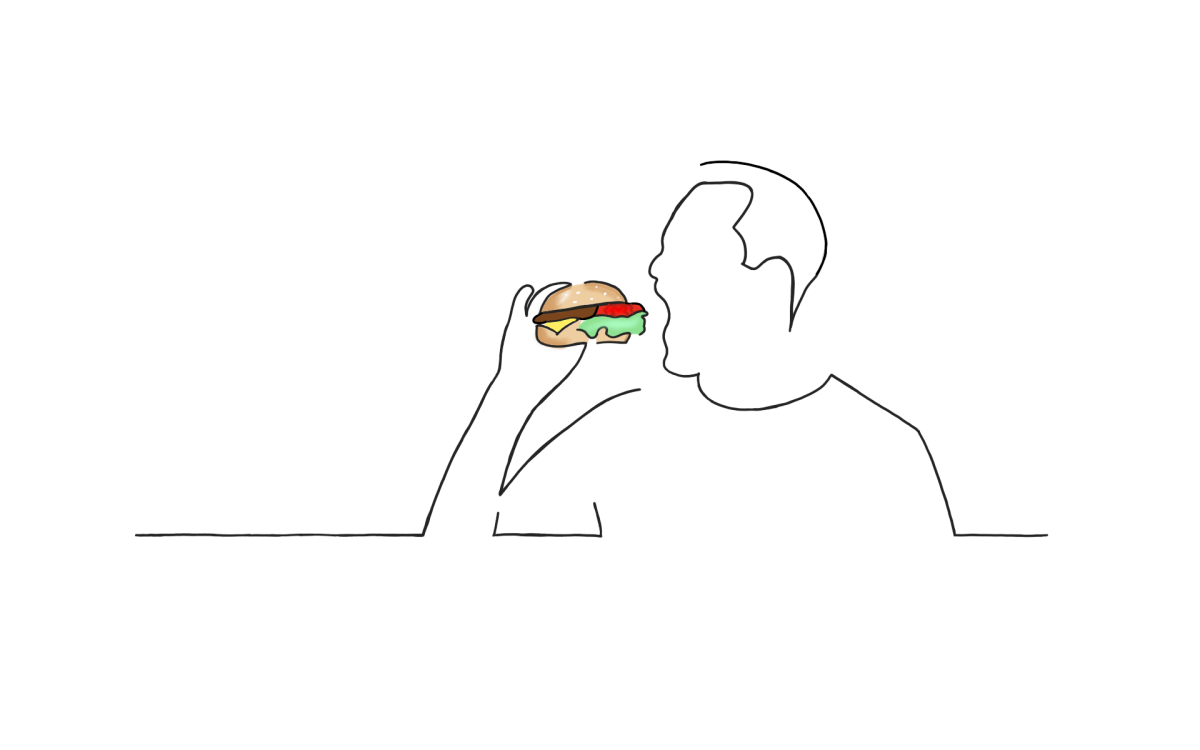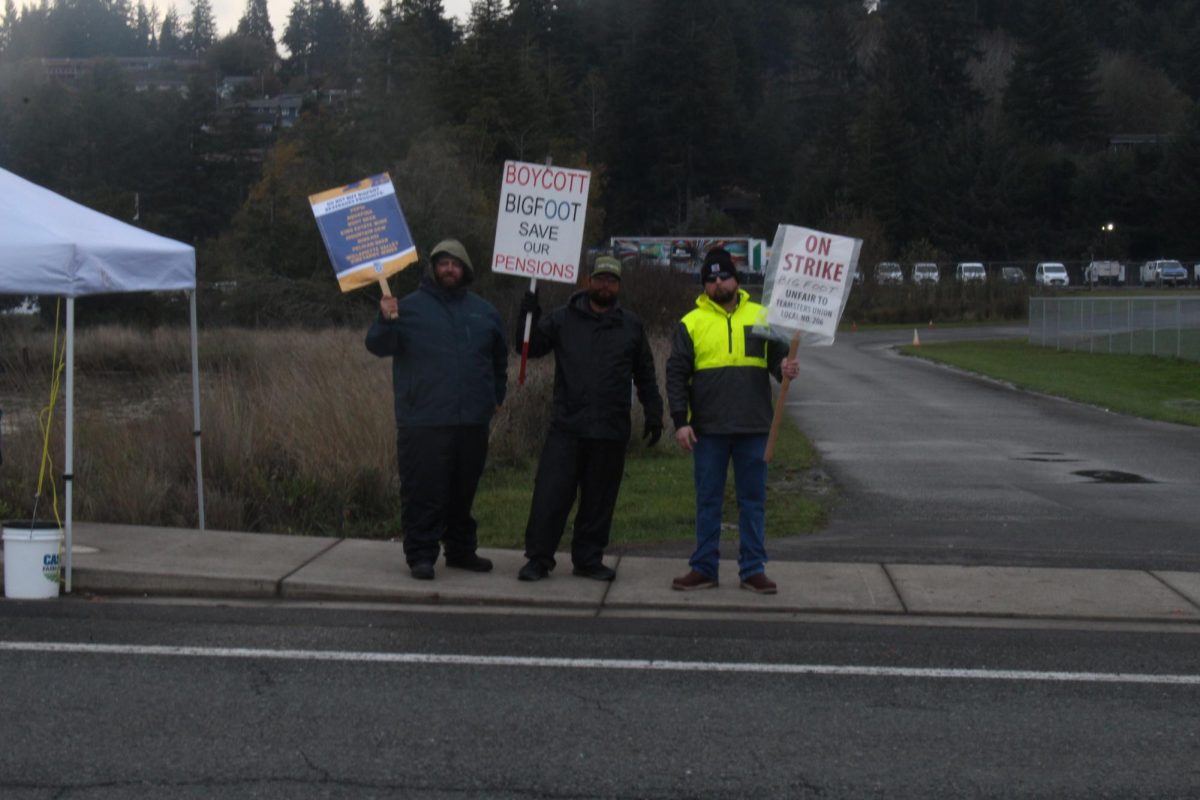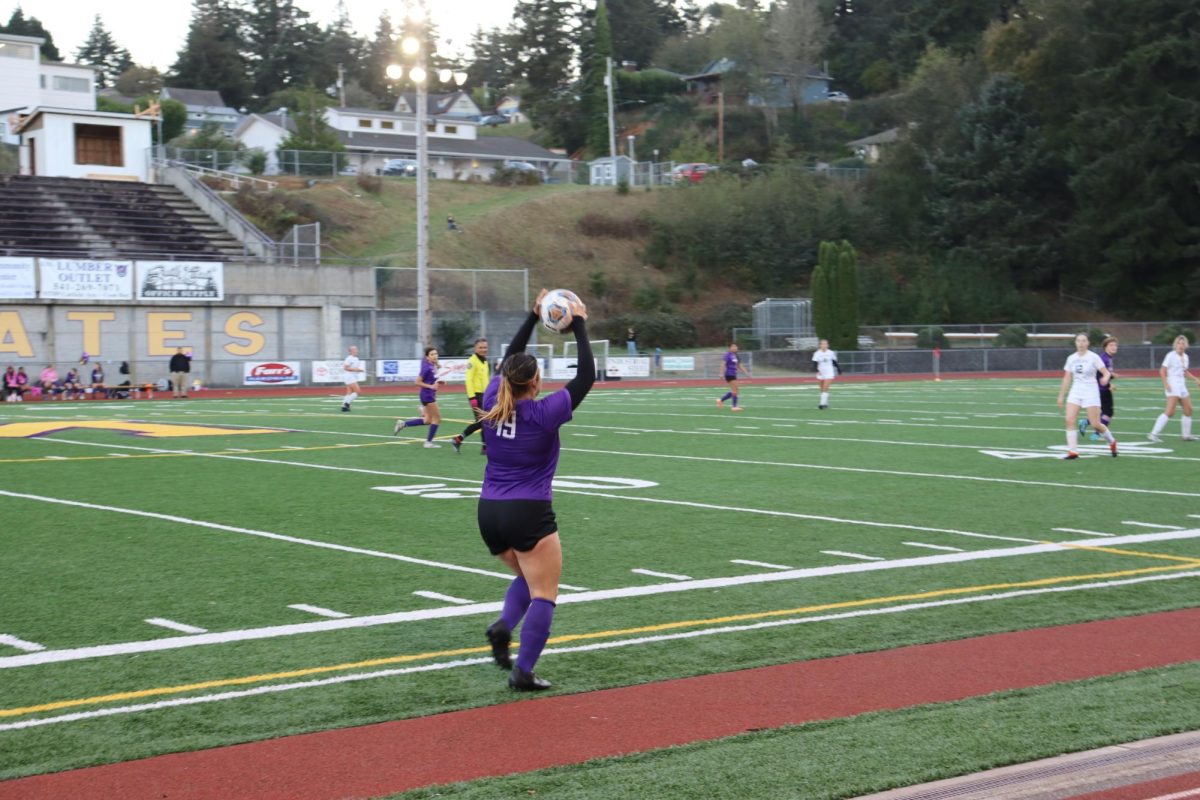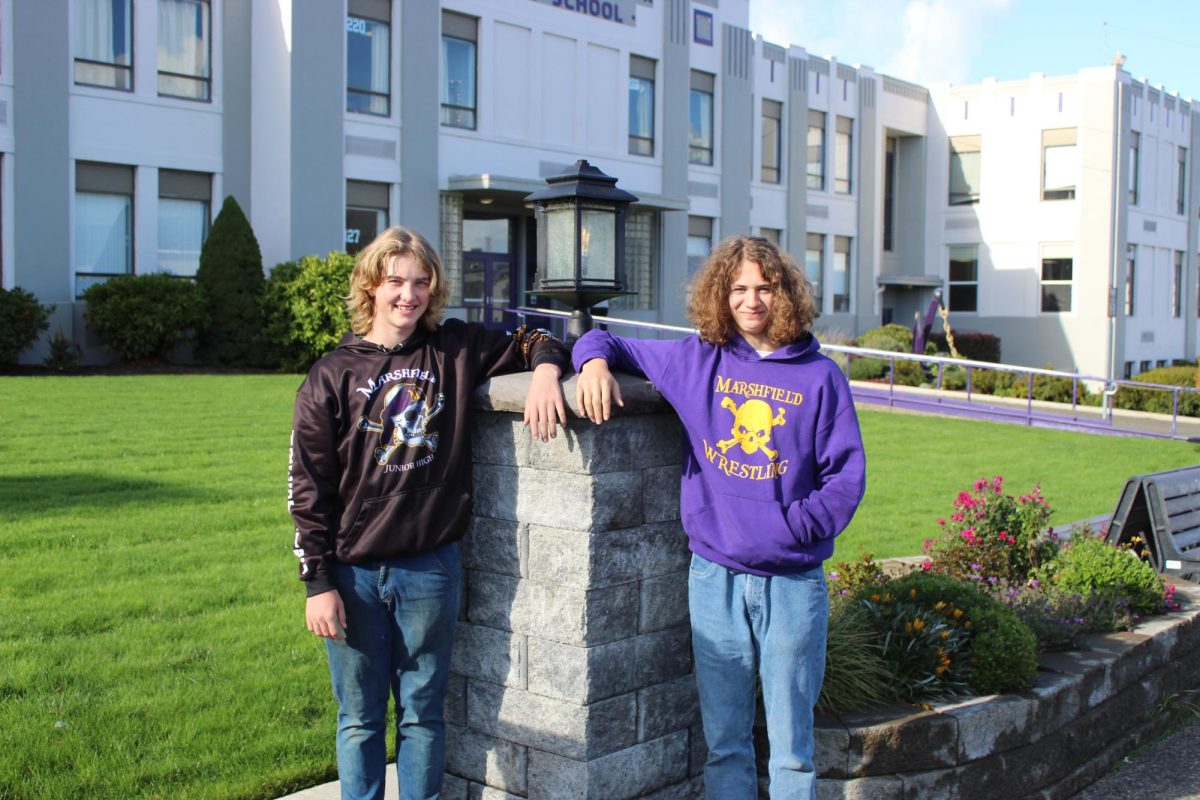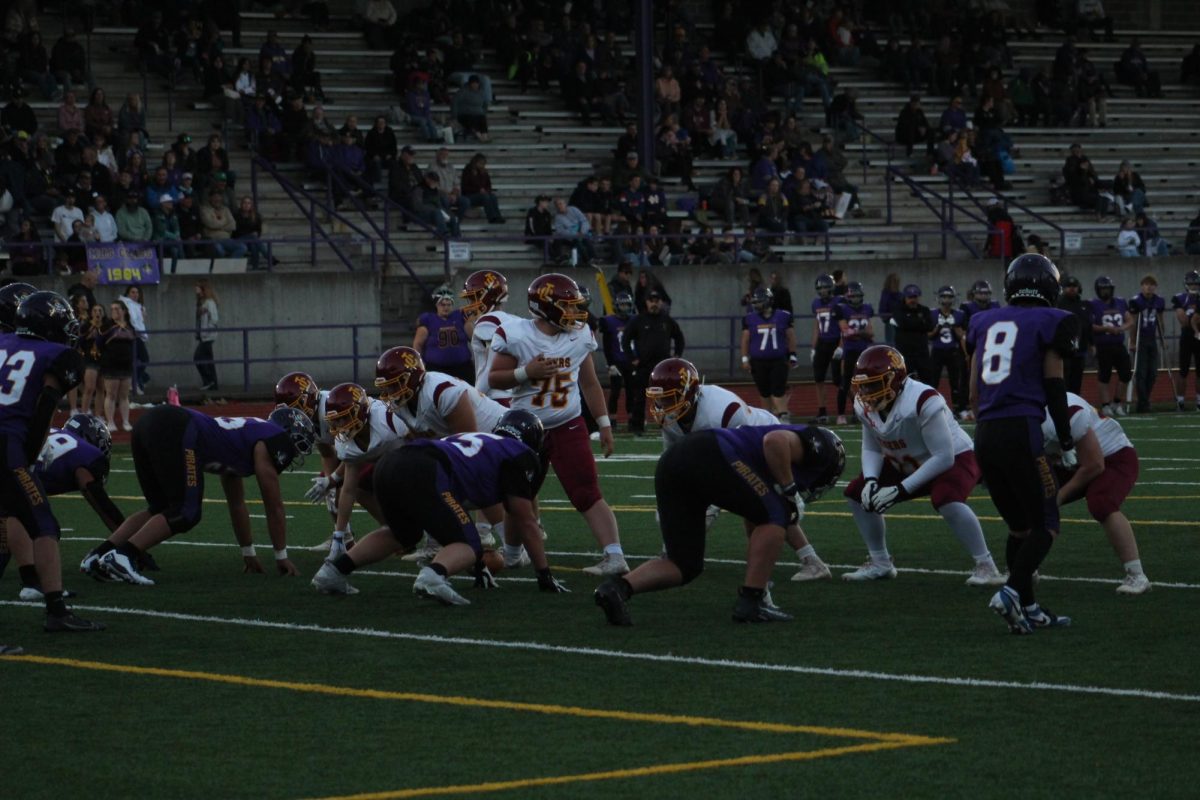Gentrification has always been integrated into society, whether it goes noticed or not. Gentrification is defined as a process in which a poor area, specifically a city, experiences an influx of middle-class or wealthy people who renovate or rebuild homes and businesses there. Which often results in an increase in property values and the displacement of previous, usually poor, residents.
In many shows and movies, the topic of gentrification has been presented in a negative light. An example of this in the Netflix series “Shameless.” The characters are experiencing gentrification in their rundown Chicago neighborhood and actively protesting against it, shown by the iconic statement they use, “GENTRIFY THIS.” Businessmen tend to think that run-down neighborhoods are great up-and-coming areas and try to buy the houses to fix them up and sell them for more. Though they are paying the residents to move, it doesn’t provide enough compensation to invoke a good reason to leave.
There have been steps taken for the prevention of gentrification in some U.S. cities. One precaution that’s been taken is designating specific land for upper-class housing to be built, which avoids gentrification that would negatively impact the lower class. In addition, many minority neighborhoods in Oregon cities are focusing on reclaiming their original areas. Tired of being forced into areas further out of town, they are flocking back to the areas that were once theirs.
Though the negative effects of gentrification outweigh the positive, the benefits of gentrification can’t be ignored. Some of these benefits include a reduction in crime rates in the newly gentrified area, new food, retail, business, and housing opportunities. Another benefit is the increase in economic stabilization of low-income or disinvested areas. Many of those who see these pros believe that the cons aren’t dire enough to take precedence over the pros, but the harm of our society can’t be overlooked.
In cities such as Portland, gentrification has been happening for many years. Minorities have been pushed out of older areas of the city because renovating historic homes became desirable. With little money to relocate, many families relocated to poorer areas, with more crime. Now, the minorities are moving back to their original streets, as developers move to new areas.
In the Coos Bay/North Bend area, housing is already at a premium. Rentals and affordable housing is at a low. New Oregon residents are beginning to move to more rural areas because they are more affordable than those on the I-5 corridor. That includes Oregon’s bay area. The result could mean an investment in historic districts, formerly not seen as attractive, to redevelop them. That will push out more working class families.
An example of this would be the revival of the historic Front Street area in Coos Bay, where the Coos Bay Village sprung from the previously-industrial riverfront area. Newer yet is the Teakwood Plaza area, which is becoming trendy and boujee with the addition of a flashy Planet Fitness. Developing this area is bound to increase desire for the aged homes on the outskirts. In addition, with this type of development in the business districts, the idea of shopping locally is slowly shrinking.
Being evicted from one’s home is a scary experience that is hard to empathize with. Trailer Parks and other housing have often been gentrified trying to purposely get residents to vacate the lot to put something of more so called “importance” there. People in better situations that don’t have to worry about being gentrified often take that for granted and take for granted the stability of the living situations they are fortunate enough to have.
Categories:
Gentrification: Integration or segregation?
January 21, 2025
0
Tags:
Donate to The Marshfield Times
Your donation will support the student journalists of Marshfield High School. Your contribution will allow us to purchase equipment and cover our annual website hosting costs.
More to Discover


